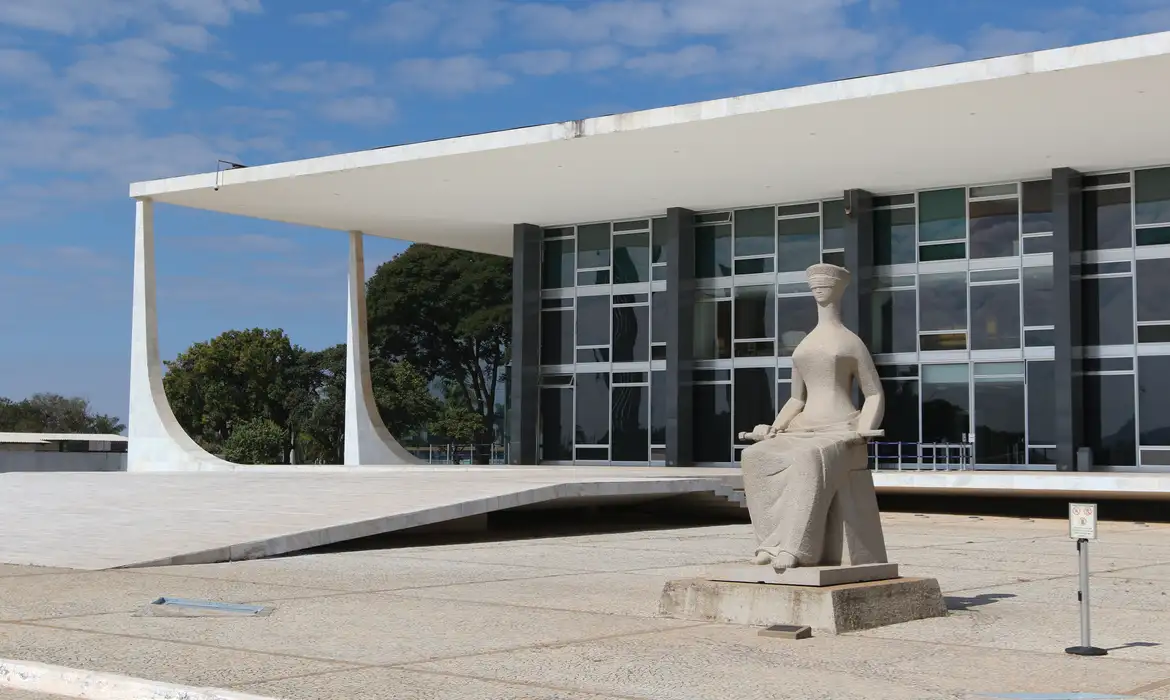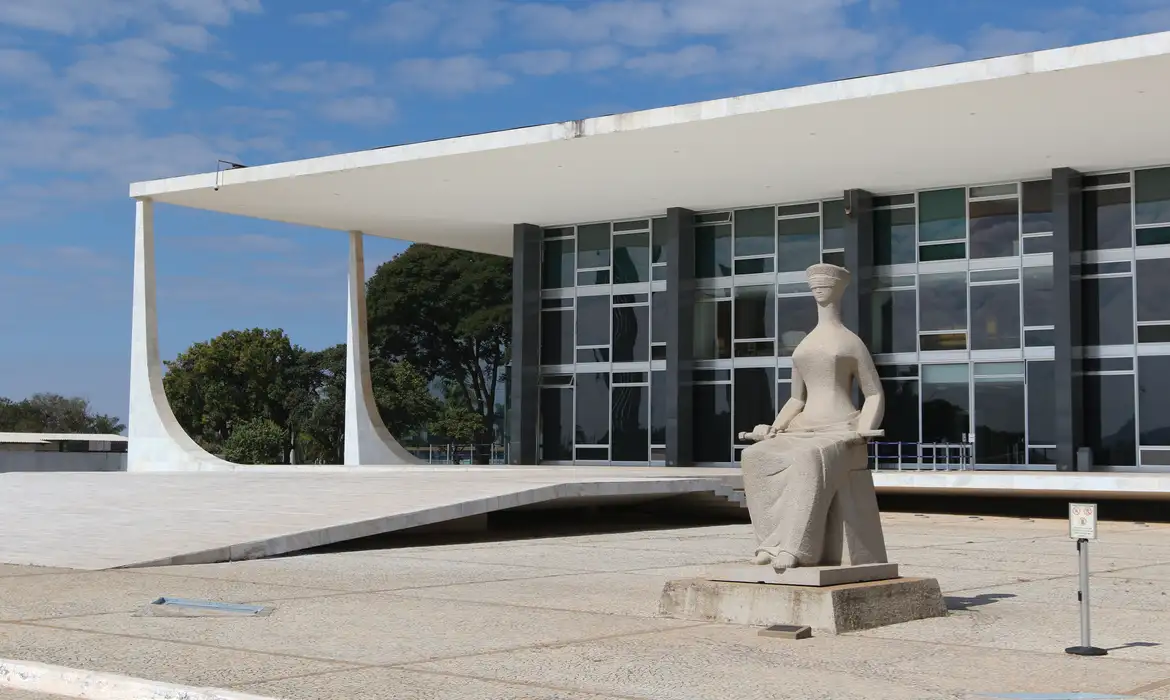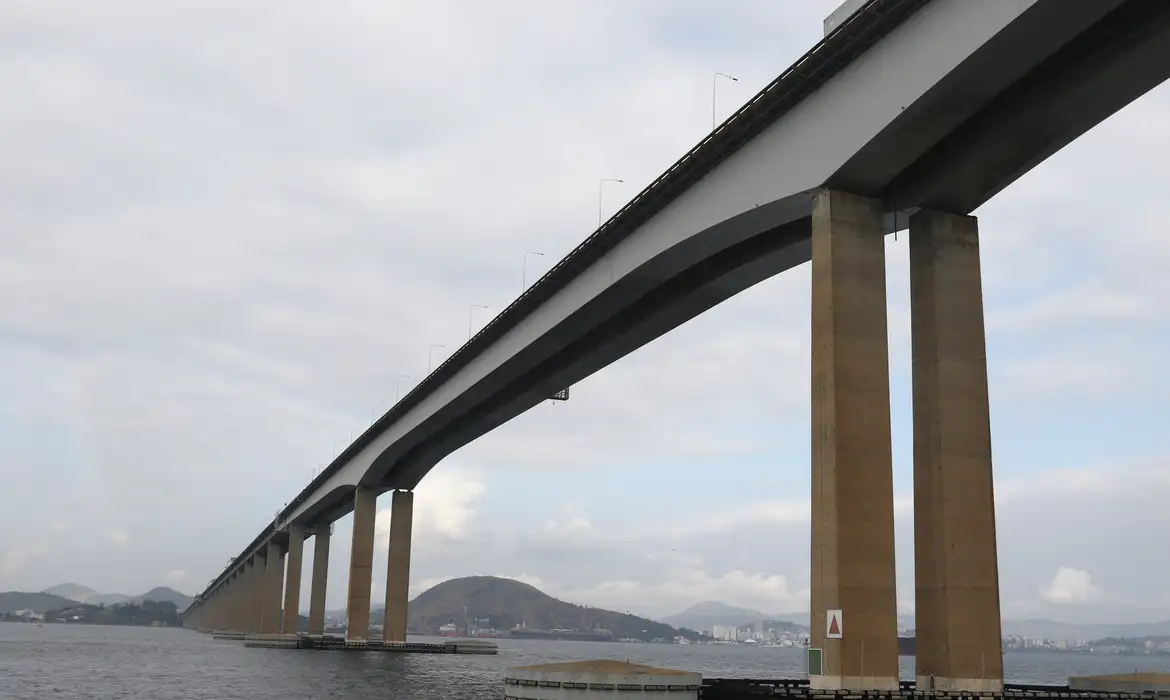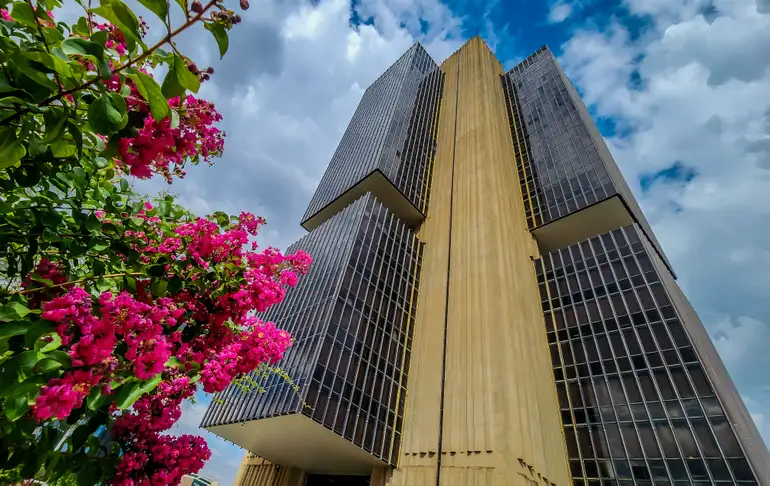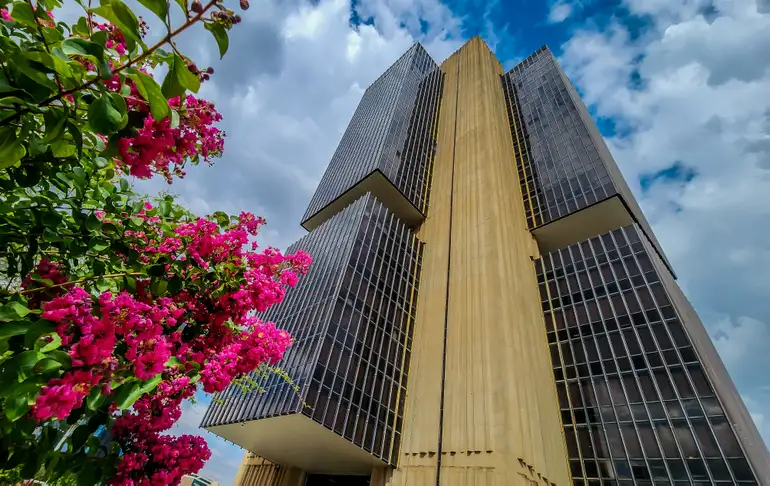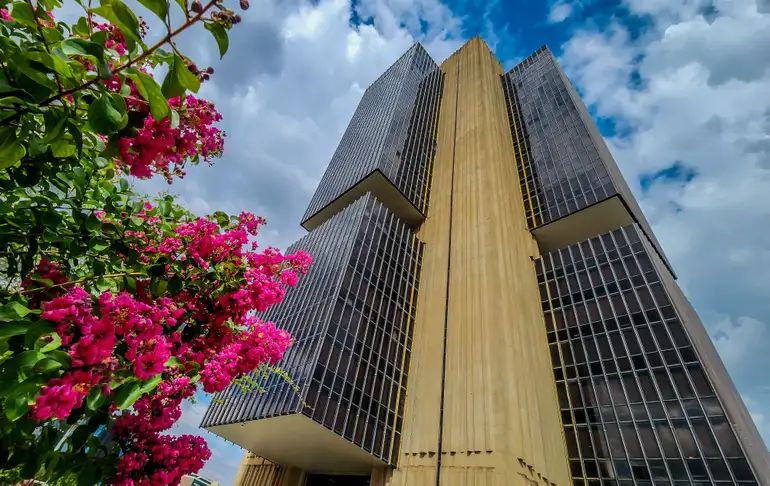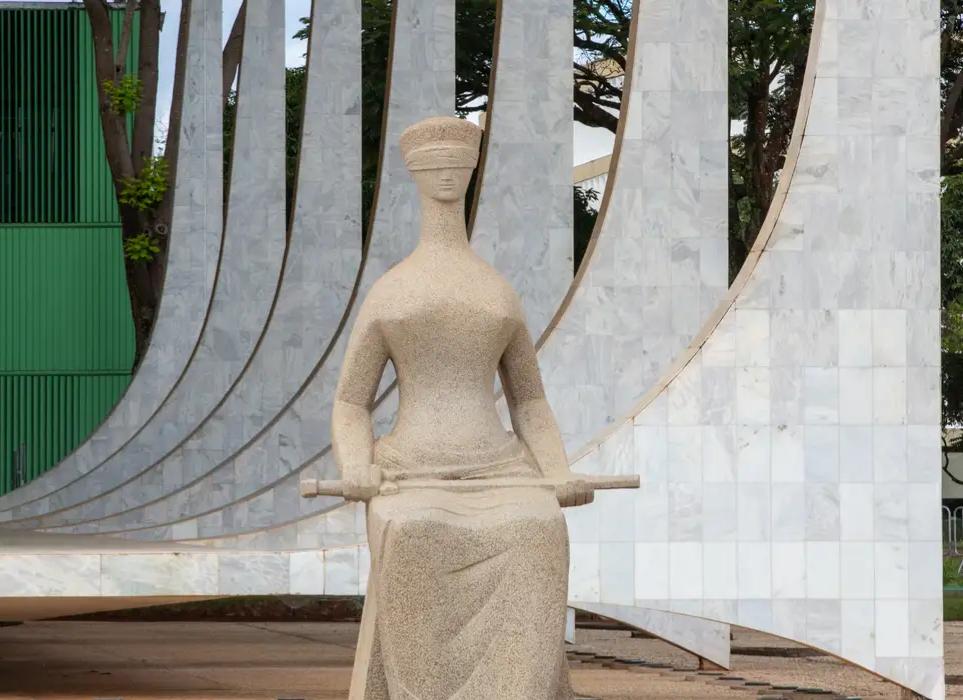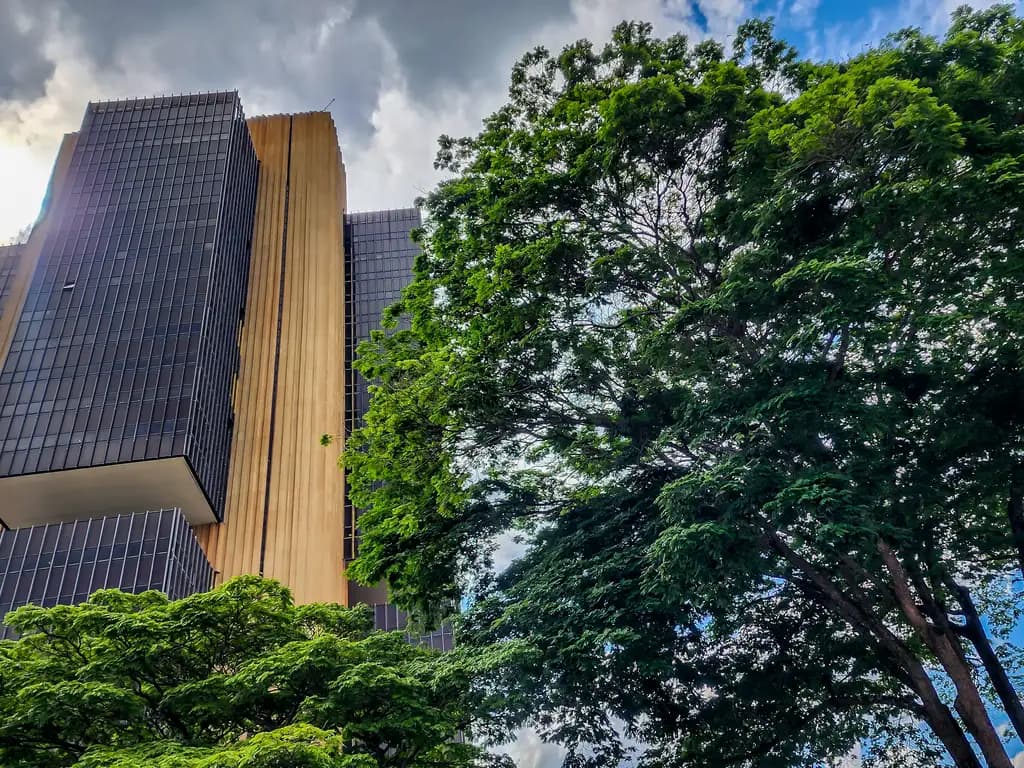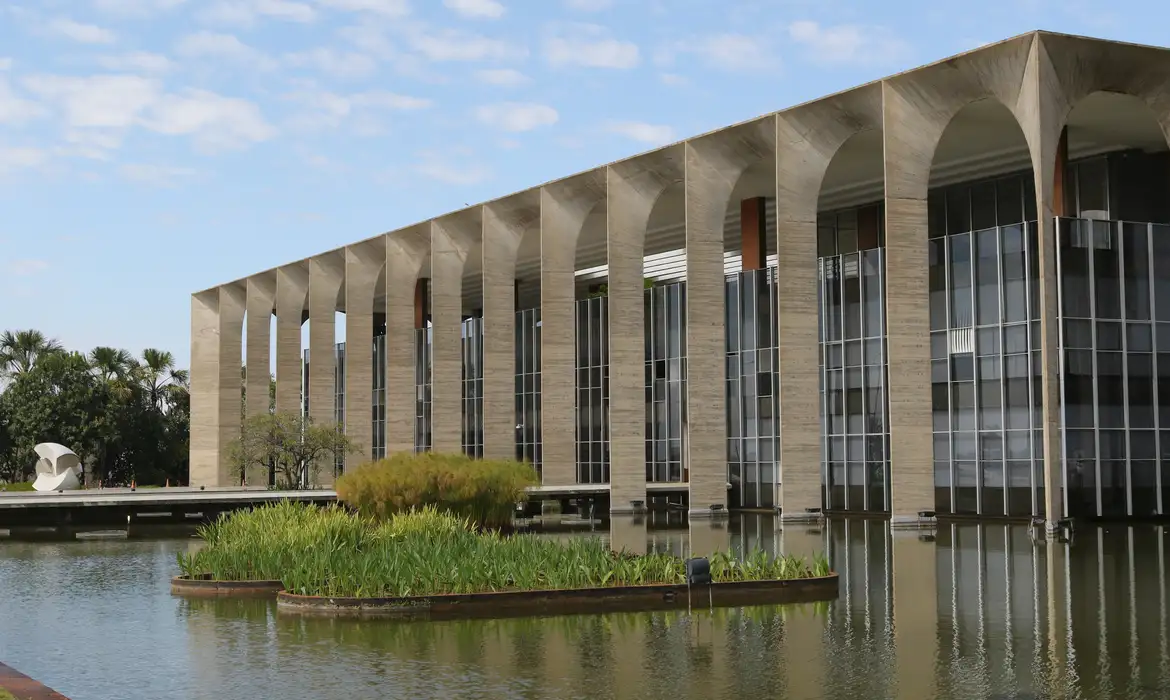Step-in Rights Can Unlock Financing for Highways and Railways
The investment in infrastructure is one of the key factors for Brazil to resume the control of its economy. The present shortage of public resources means that private financing will be decisive. But it will be possible only if accompanied by appropriate guarantees to the lenders.
Road and rail transports are examples of infrastructure sectors that are facing difficulties. In the first case, only 13% of the highways are paved and almost half of the roads are not in good condition. The average increase in operating costs due to poor road conditions is 25%1.
The case of the railways is even more critical. Brazil is a rare example of country where the rail network decreased instead of increasing, as a result of the absolute priority given to the road transport. This retraction works against the needs of a country with continental dimensions, considering that rail transport is much more efficient for long distance trips. The railways also stand out for their lower maintenance cost, greater load capacity, greater security and lower transport cost, when compared to the highways.
Not even the privatization movement and the railways concessions, started in the nineties, were capable of solving this structural problem. The railways are still very concentrated in the southeast of Brazil, cover limited distances and are restricted to specific regions. Not to mention the lack of investments in intermodal terminals. The peculiarities of the road and rail transports make them complementary, and not exclusive. Communication among the various means of transport is essential for a safer and more economical flow of people and goods. While this does not occur, we will keep living in a “country on tires”.
In order to overcome Brazilian logistic bottlenecks and leverage private investment in infrastructure it is essential to ensure effective guarantees to the lenders. Thus, Article 27-A of Law of Concessions (Law No. 9,987, of February 13, 1995), introduced in January 2015, allows lenders and guarantors to take control or temporary administration of the concessionaire of infrastructure projects to promote financial restructuring and to ensure continuity of services. This “step-in right”, as it is called, has not been used much in Brazil until now2.
Step-in rights are relevant to infrastructure projects, where the continuity of the enterprise is more advantageous to the creditor than foreclosing the collateral involved in the transaction. Typically, the company’s assets by themselves are worth less than the debt incurred to acquire them.
In the rail and road sectors, contractual provisions foreseeing step-in rights are quite common.
The transport of people and goods and the exploitation of the rail and road infrastructure in Brazil are activities which are subject to regulation by the National Agency of Land Transports (ANTT).
In accordance with Article 21 of the Brazilian Constitution, the Federal State can explore rail and road transport services through authorization, permission or concession. Both permission and authorization, in these sectors, do not apply to infrastructure, being used to grant to private parties simply the right to transport people and goods. The authorization, for example, applies to the recently created independent rail operator, enabling it to provide transportation services using the infrastructure operated by the State or by the concessionaires.
The concession, in turn, is the appropriate legal form for the exploitation of the road and rail transport infrastructure.
The transfer of the concession or corporate control to lenders in case of default of the concessionaire pursuant to a step-in right is fully accepted and governed by the Law of Concessions, by Law No. 10,233, of June 5, 2001, by ANTT Resolution No. 2,309, of September 26, 2007 (applicable to railways) and by ANTT Resolution No. 2,310, of September 26, 2007 (applicable to highways).
Such transfers, that characterize the step-in rights, depend on the prior and express consent of ANTT.
The consent can be obtained when contracting the transaction, without need to wait for prior default of obligations due to lenders. In other words, it is possible to obtain such authorization before the disbursement of funds, what results in a higher disposition of the lender.
There is an ANTT Draft Resolution which expressly allows the federal rail and road concessionaires to offer shares as security in financing contracts, provided they are authorized by ANTT. Again, this authorization can be obtained prior to the default hypothesis that can trigger the step-in rights.
The Law of Concessions requires that the concessionaire presents necessary technical qualifications for the assumption of corporate control under its step-in right. However, Article 27-A, §1º of the same law and ANTT Draft Resolution provide that ANTT may waive this requirement in favor of the lenders (Article 7, §4).
The step-in rights can help unlock financing for highways and railways and thus overcome the bottlenecks in Brazilian logistics, as the government announced the auction of three federal highways in the next months and also the increase of the rail network by 15,000 kilometers by 2020 through the "north-south", "east-west" and "bi-oceanic" railway systems.
1 Logistics is the main obstacle for the Brazilian agribusiness. While in Argentina and United States soybean producers spend US$ 20 to export products, in Brazil they spend US$ 92 (" Logistics weighs on producer costs" - Valor Econômico – December 21, 2015).
2 See Step-in Rights: A solution for Investments in the Electric Energy Sector?




















